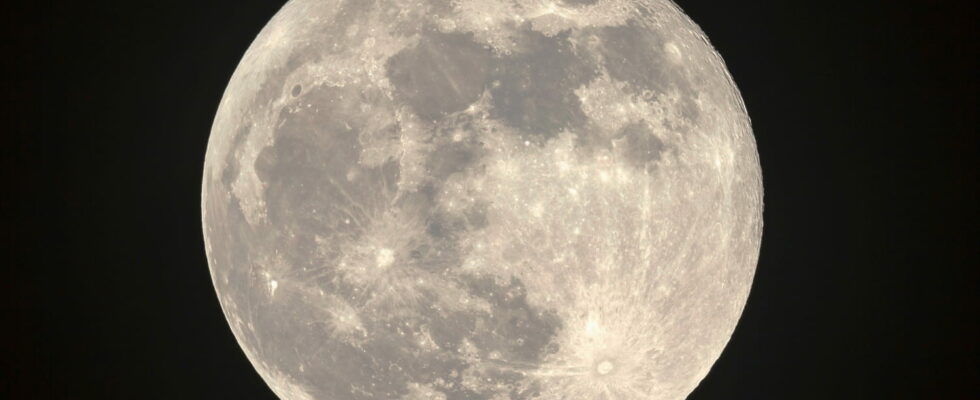A team of scientists has just confirmed the existence of a huge cave on the Moon. It could easily be transformed into a shelter for future explorers. And there are many more!
Scientists have recently confirmed a fascinating discovery on the Moon: a massive cave that could one day serve as a refuge for astronauts. Located in the Sea of Tranquility, the cave is not far from the historic site where Neil Armstrong and Buzz Aldrin first set foot on the Moon in 1969.
The discovery was made by a team of Italian researchers who analyzed radar measurements taken by NASA’s Lunar Reconnaissance Orbiter. By comparing this data with data from terrestrial lava tubes, they were able to confirm the existence of this underground cavity. Their findings, published in the journal Nature Astronomy, reveal that the cave is at least 40 meters wide and several dozen meters long, although its exact size remains to be determined.
Lunar caves, often formed by collapsing lava tubes, are located in deep pits. This one, like more than 200 others found on the Moon, offers promising prospects for space exploration. Indeed, these cavities could provide natural shelters for astronauts, protecting them from cosmic rays, solar radiation and micrometeorite impacts. These threats make the lunar surface extremely hostile, and finding natural refuges like this cave could greatly facilitate future missions.
The researchers, Leonardo Carrer and Lorenzo Bruzzone of the University of Trento, said they were excited to finally be able to prove the existence of such a cave after decades of mystery. They said such caves are mostly located in the Moon’s ancient lava plains, but there could also be some near the South Pole, where NASA plans to land astronauts later this decade. The craters near the South Pole, which are always in shadow, likely contain frozen water, a valuable resource for future space missions.
In addition to their potential as shelters, these caves also offer unique opportunities for scientific research. The rocks and other materials inside, preserved from the extreme conditions on the surface, can provide crucial information about the Moon’s geological history, including its past volcanic activity.
Of course, the idea of using these caves as habitats would require careful preparation. Reinforcing the walls to prevent collapse would be an essential step. However, these natural cavities have a major advantage: they could be used much more quickly and easily than building entirely new structures on the lunar surface.
Confirmation of the cave opens exciting new avenues for lunar exploration. As international space agencies, including NASA, prepare to send humans back to the Moon, these discoveries offer potential solutions to the many challenges lunar missions pose. Future expeditions could benefit from these natural refuges, making lunar stays safer and more efficient. In short, the Moon continues to reveal its secrets, promising even more surprising discoveries in the future.
